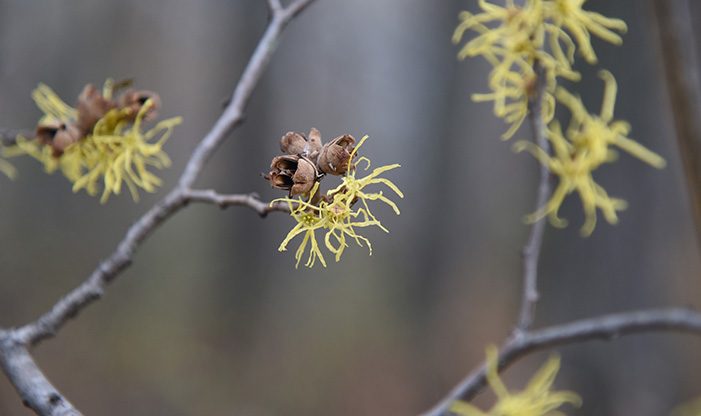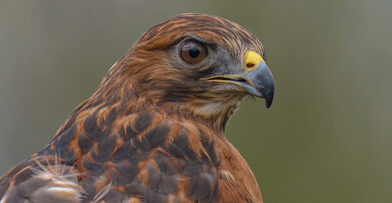When choosing plants to create a garden, it is wise to consider the habitat they will grow in. Moisture, soil type, sun, and geographic location all play an important role in determining an ecosystem and which plants will grow well in them. Using these factors as a guide will create a garden space that is harmonious with the local natural area. Our new Bluff Pavilion Courtyard Gardens are a great example of how to use information about ecosystems to inform plant selection.
Courtyard Habitats
When considering plants for the courtyard, we noticed a variety of habitats within this relatively small area. Plant choices were also guided by the many ways we will use the Bluff Pavilion Courtyard. The courtyard is 100 feet above the shores of Lake Michigan, and features the resplendent pavilion and a swath of stone pavers flanked by seating nooks and walkways to the trails. It has multiple characteristics; contemplative during the day, energetic during summer camp and when school groups are present, and celebratory during joyful weddings. With these needs in mind, a plan was developed to meet the multiple demands of use and beauty while utilizing an ecosystems approach.
Garden Types in the Courtyard
Much of the soil in our region is heavy clay, which retains water in spring and drains slowly, and it’s alkaline due to high limestone levels. The south side of the courtyard is a Woodland Garden. With trees coming up to the edge of the courtyard, this area is covered through most of the day, a great location for a shade garden. The north side has a big sunny expanse of pavers and seating areas. This created a wonderful space for a Pollinator Garden, flowering during the summer and early fall. The west side is a transition zone with areas of sun and shade. This is best described as a spot for a Savanna Garden. Woodlands in southeast Wisconsin are a mix of mid-height woody plants and spring blooming ephemerals. We anchored the Courtyard Gardens with several pagoda dogwoods, named for their layered branches that look like a pagoda. The ground layer features wild columbine, Dutchman’s breeches, Jacob’s ladder, and foamflower interspersed with ferns. This selection of plants requires a shady location and provides early color which brightens the area.
The Pollinator Garden
The Pollinator Garden blooms later in the year, providing flowers for many of our native bees, butterflies, and moths. These plants were selected for full sun to open woods, with tolerance for drier soils once established. There are many species of plants that grow well in full sun, but we selected those that stay short to reduce the number of long, dangling stems and to bring them closer to visitors. Species included white wild indigo, beardtongue, spiderwort, and nodding onions, along with several other native selections.
The Savanna Garden
The Savanna Garden uses plants from both areas, to help blend the courtyard together. Look for witch hazel blooming this fall behind the large stone seating bench, and the serviceberry at the entrance to the courtyard that will bloom in spring. This space will be an attraction in spring, fall, and winter, with the bark of the serviceberry and musclewood standing as silver-gray punctuation points in the winter landscape.
Blending all areas and the walk from the parking lot is Pennsylvania sedge, a grass-like plant that grows well in multiple ecotypes, performing well in both shade and sun. This sedge provides unification and gives the eye a green background for the entire area. It is a matrix for the other plants in the garden, covering the soil and open spaces when spring ephemerals die back in early summer, softening the edges of the courtyard.
Understanding Ecosystems
Knowing the space, either your own yard or a bigger project, helps when you are looking at a nursery’s plant list or standing amongst the sea of plants at the garden center. Selecting plants that serve multiple functions, work well together, and fill a garden space helps our gardens look better, with lower maintenance. Understanding the ecosystem that we have or want to create reduces the multitude of plant choices and helps gardeners select plants that will benefit the habitat they grow in.
Visit our Courtyard Gardens this season to observe our incredible variety of beautiful plants. To learn more about how to select yard and garden species from an ecosystem perspective and other garden topics, talk with our Center Horticultural Specialist, Sandy Manning, and watch our website for her horticulture programs!


